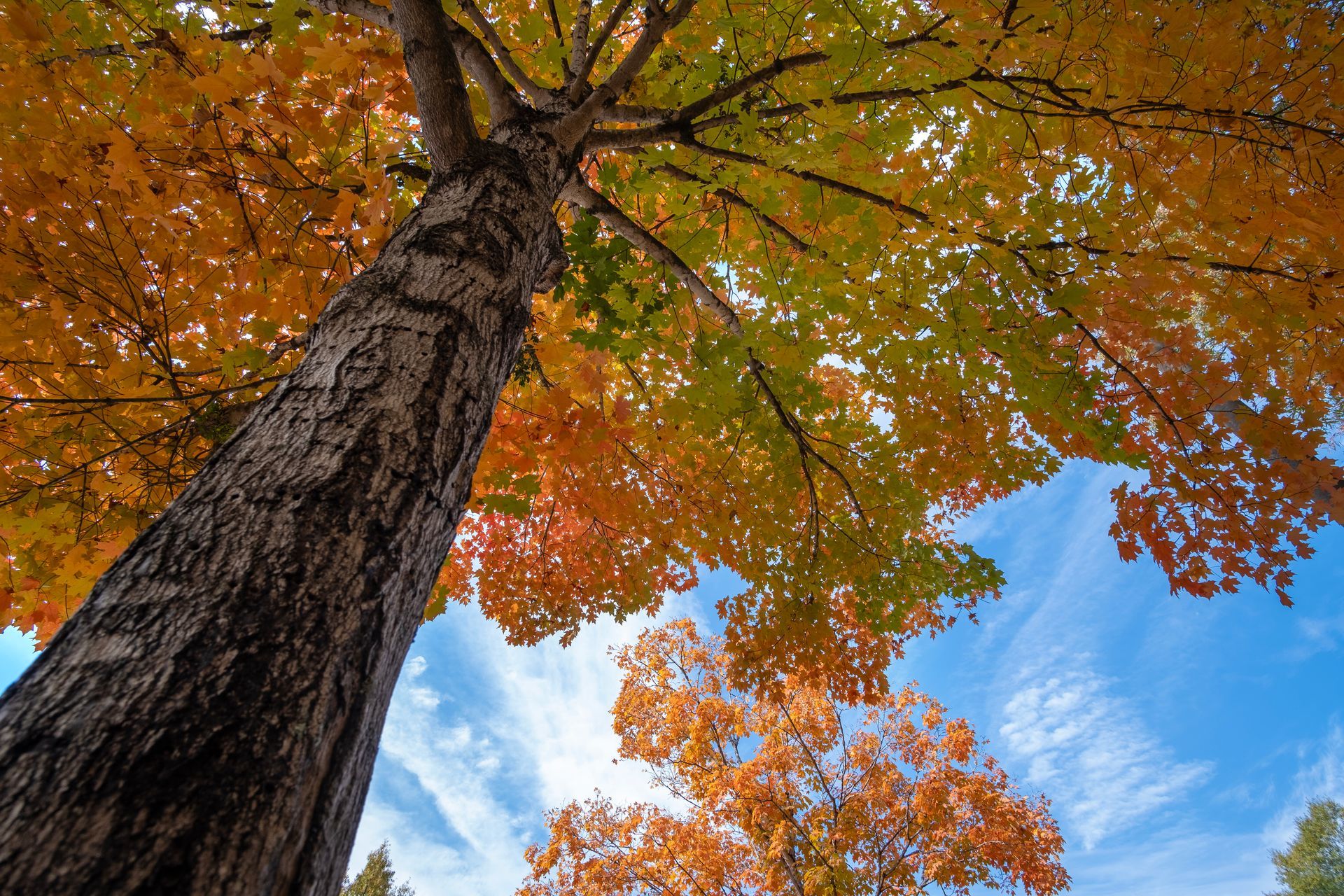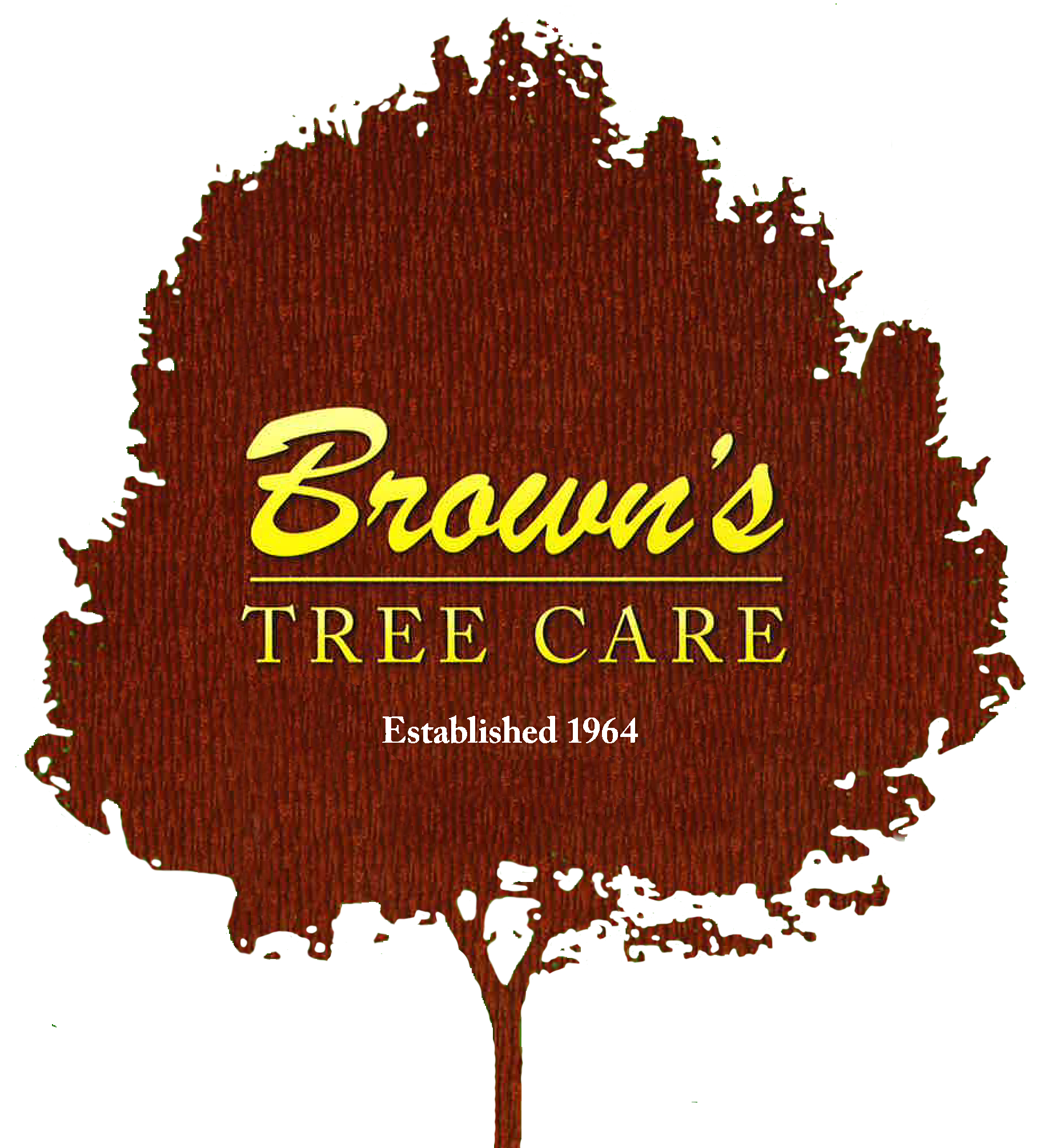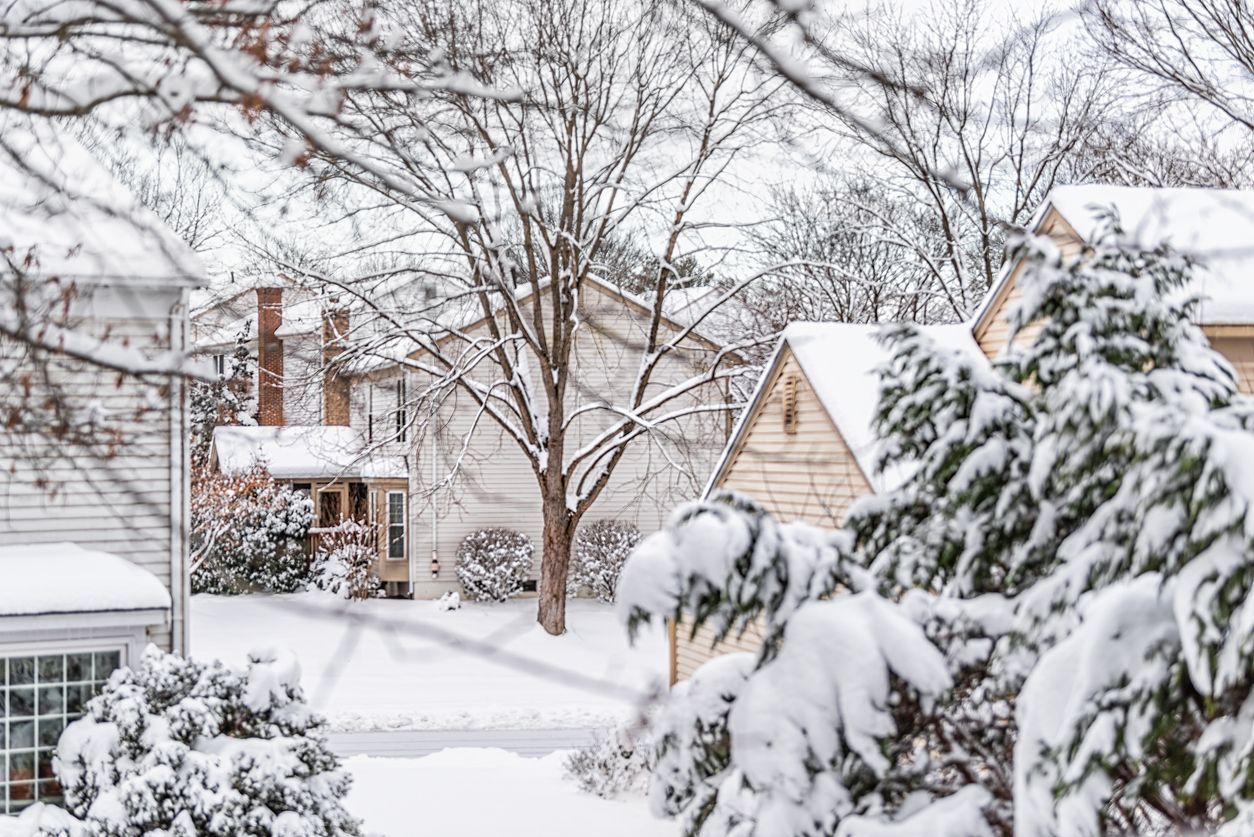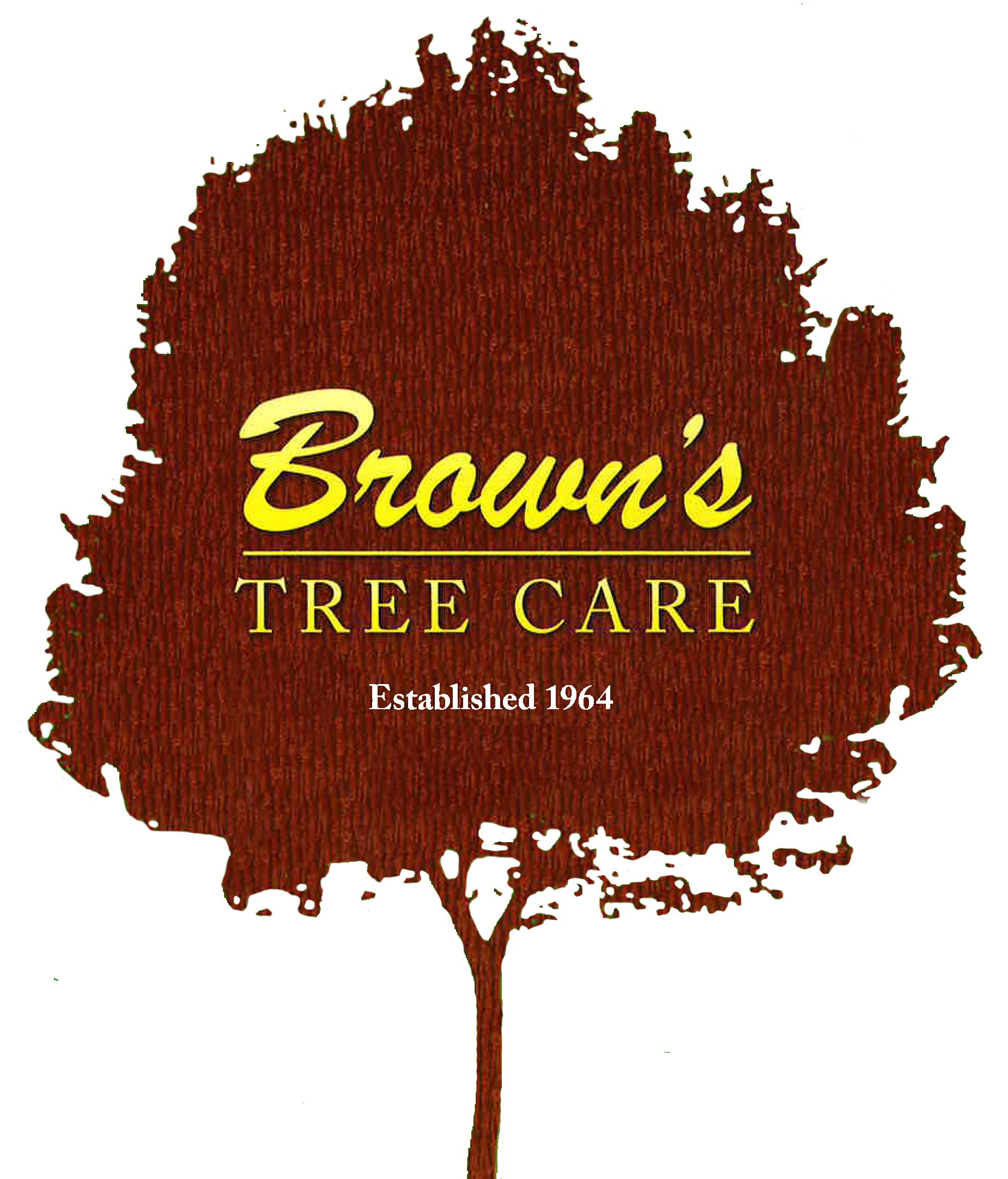Spring has Sprung! Here are some tips on how to take care of your trees this spring.
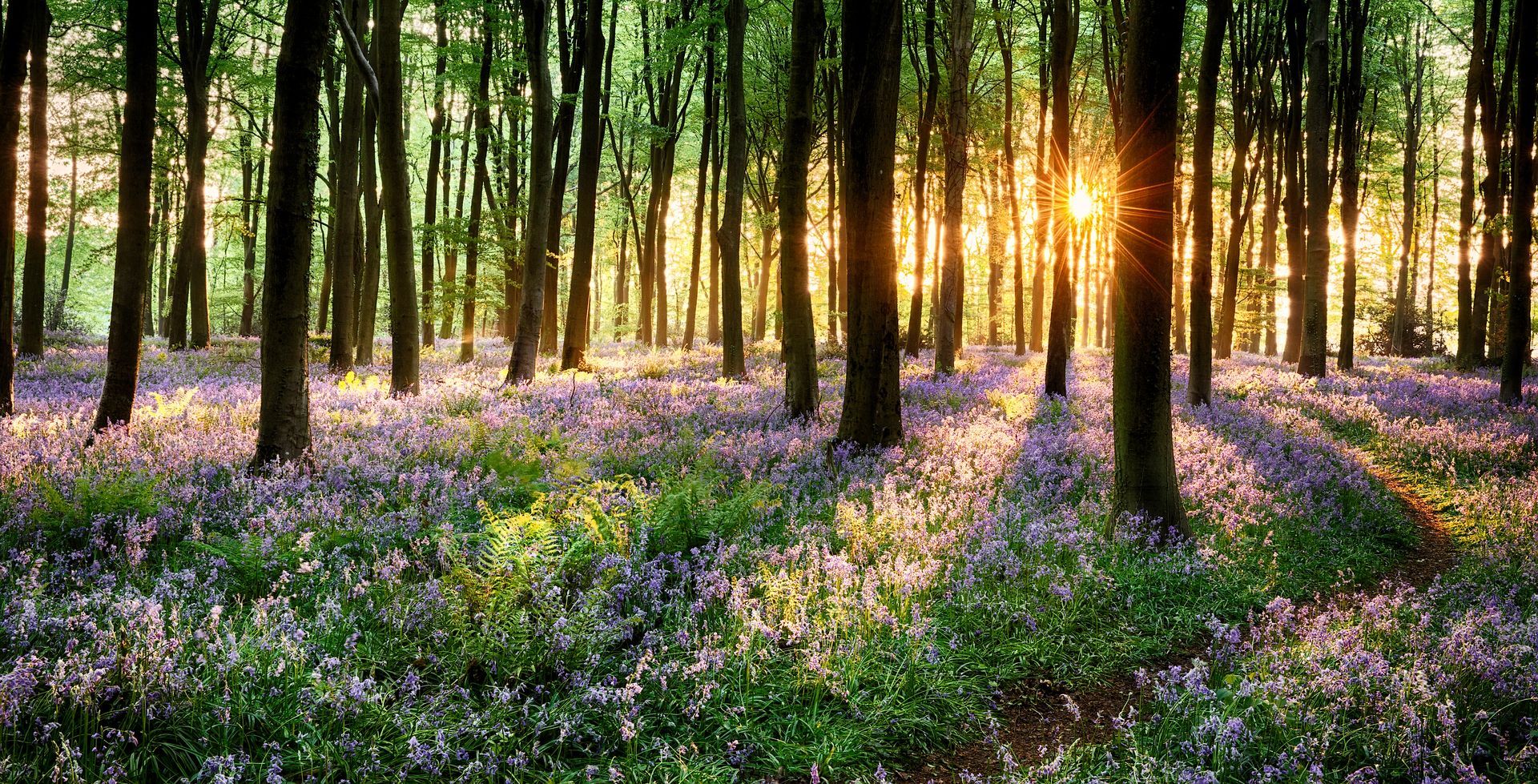
Spring is here, and it's time to start thinking about the health and care of your trees. As a tree care company, we're here to help you ensure your trees stay healthy and strong all season long. Here are five tips to help you care for your trees this spring:
- Inspect for Damage: The first step in caring for your trees is to inspect them for any damage that may have occurred over the winter months. Look for broken branches, cracks in the trunk, or any signs of disease or pests. If you spot any issues, contact us at 479-273-0202.
- Prune for Health: Pruning is an essential part of tree care, and spring is an ideal time to remove dead, diseased, or damaged branches. Pruning can help promote healthy growth and prevent the spread of disease, and our certified arborists can provide expert pruning services tailored to your tree's specific needs.
- Mulch for Moisture: Adding a layer of mulch around your trees can help retain moisture in the soil, regulate soil temperature, and suppress weeds. Be sure to use a natural, organic mulch and avoid piling it up against the trunk, which can lead to decay and pest problems.
- Water Wisely: Trees need water to thrive, especially during the dry spring and summer months. However, it's important to water your trees wisely to avoid overwatering, which can lead to root rot and other issues. Our arborists can help you determine how much water your trees need and when to water them for optimal health.
- Evaluate Nutrient Needs: Trees require a balance of nutrients to thrive, and this balance can be affected by a variety of factors, including soil composition, weather conditions, and tree species. If a tree is under-fertilized, it may suffer from nutrient deficiencies that can lead to stunted growth, poor health, and even death. Before applying fertilizer, our certified arborists can assess your trees' nutrient needs and determine if under-fertilization is a problem. If necessary, we can recommend a targeted fertilization program that delivers the right amount and type of nutrients your trees need to reach their full potential and avoid the negative consequences of under-fertilization.
We hope these tips will help you care for your trees and keep them healthy and strong all season long. If you have any questions or concerns about your trees, please don't hesitate to contact us at 479-273-0202 for expert advice and professional tree care services.
